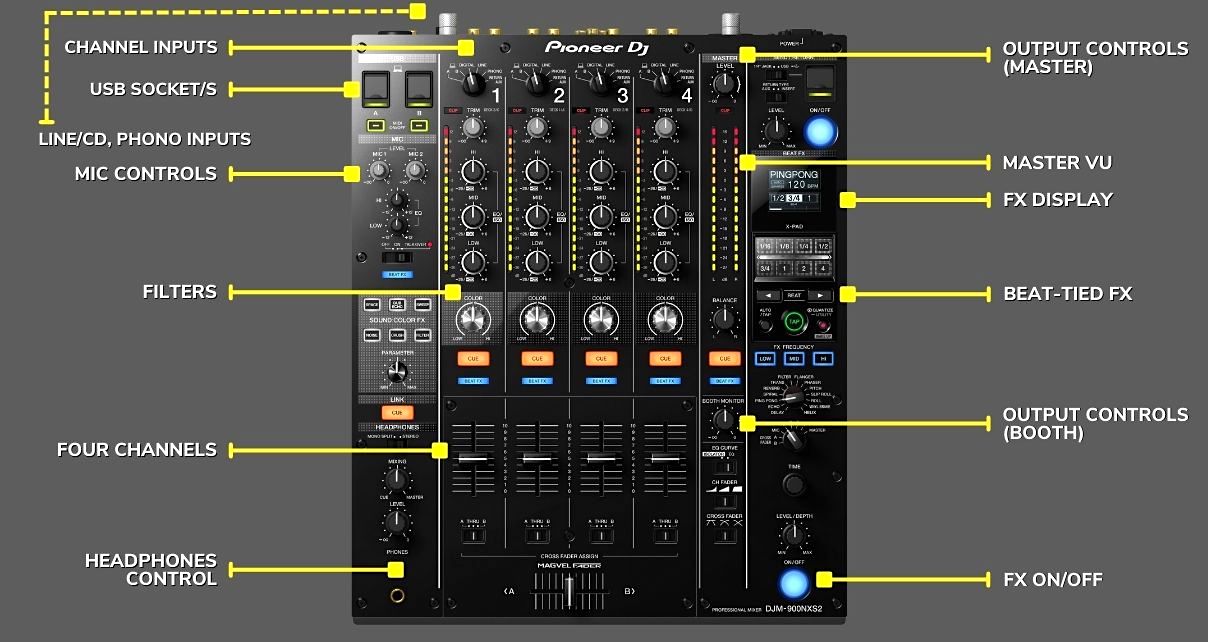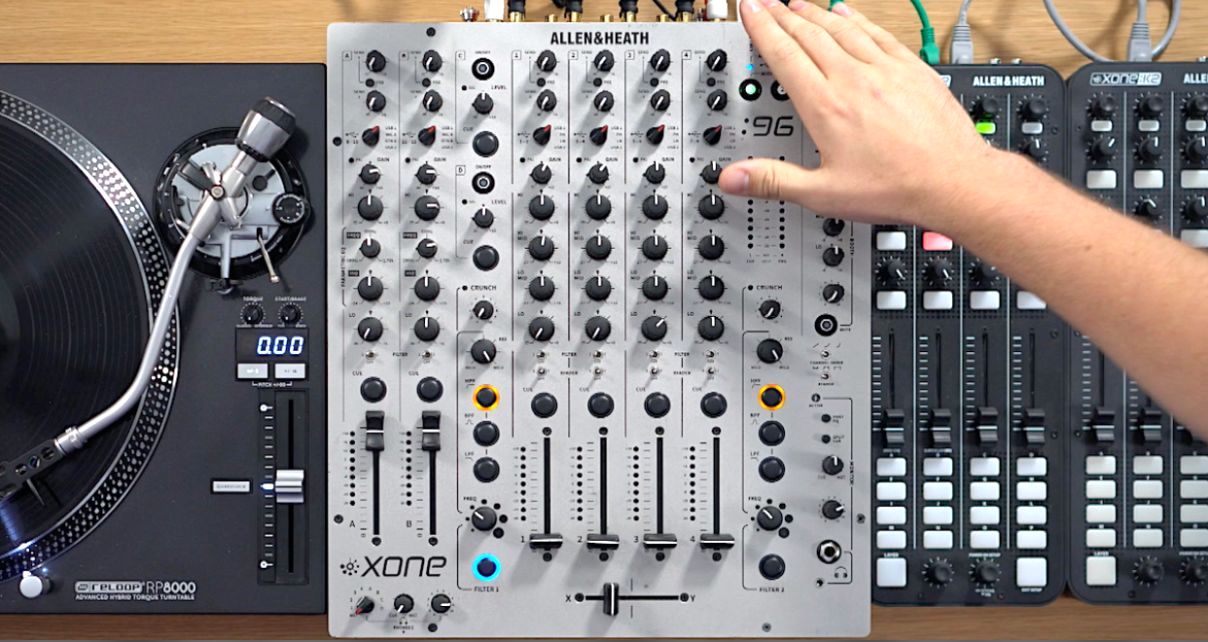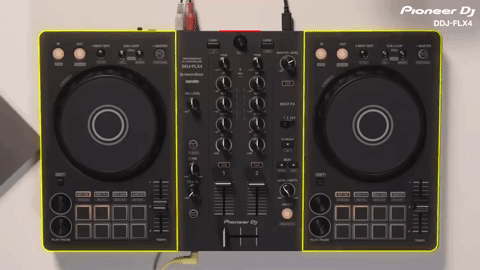When it comes to DJ gear in clubs, the mixer is the workhorse, the piece of kit bang front and centre that holds it all together. And over the years, a standardised format and layout has settled in for club mixers.
Watch the show
Prefer me to talk you through this? In this video, a recording of a live show from the Digital DJ Tips YouTube channel, I talk you through everything in this article, and we take questions from our community on the subject.
Of course, when it comes to DJ gear in general and club DJ gear in particular, the most popular brand is Pioneer DJ (with, in the case of mixers, Allen & Heath sometimes requested by pros as an alternative), but other manufacturers tend to follow the same layout and feature set too.
All of this means that for you as a DJ, especially if you know that one day you want to play in clubs, it is worth understanding what this conventional mixer layout is.
Read this next: 8 Things To Consider When Choosing A DJ Mixer
My first Pioneer mixer back in the 1990s, the DJM-600, was really very similar to that company’s current flagship, the DJM-A9 – at least as far as layout and basic features go (of course the DJM-A9 is streets ahead tech-wise, as you’d imagine after 25 years!).

And while not all venues can afford Pioneer gear – and so you may well come across venues where the brands are different to the main ones – as long as it is a “club style” mixer (and it will be), it’ll adhere more or less to the following conventions.
So what are they? Let’s take a look:
9 Features To Look Out For On A Typical Club Mixer
- Four channels – Unlike scratch mixers (which are nearly always two channels), club mixers will have four channels, to accommodate any number of CDJs, decks etc
- Filters on each channel – Right under the EQ. Often there will be more than just filters, but you’ll always have filters as a minimum
- Channel input switching – Controls at the top of each channel “strip” will allow you to switch from CD to phono (record decks), USB input and so on
- Mic controls on the left-hand “strip” – Usually the mic input socket will be there too, and volume, on/off, EQ and the like
- Headphone controls at the bottom – Again, usually the left-hand strip, with a socket, volume, cue/master knob and normally a “split cue” option too
- Output controls (master, booth) and master VU – These are always on the right-hand side
- Beat-tied effects – Also always on the right-hand side, they will usually have a little feedback screen mid-right on the mixer, and always have a big on/off button bottom right
- Multiple line/CD, phono inputs around the back – Combined with the switches on top, this means that sources can be permanently wired in without the need to dive around the back to plug and unplug items
- USB socket/s – Usually (with the notable exception of the Allen & Heath Xone:92, which is 100% analogue) there will be a USB for attaching a computer, allowing you to record from the built-in sound card

Not only mixers…
Mixers on DJ controllers – which is probably the type of DJ gear you use rather than a separate mixer and CDJs etc – have tended to differ quite a lot from this layout. Some may look more like two-channel scratch mixers (another style of mixer entirely), others using their own type of design.

However, in recent years, even DJ controller mixers have tended to err towards this kind of layout – look at the lowly Pioneer DJ DDJ-FLX4, for instance – and this is a good thing, as controller DJs using such kit will (without maybe even knowing it) be preparing themselves for the days when they may get a chance to play on “club” gear.
DJ like a pro using ANY gear: The Complete DJ Course
But even if your current DJ system is not laid out in this way, hopefully this article has helped you to understand how this type of mixer works, and make you realise there’s nothing to be scared of – they’re just configured to be as universally useful to as many types of DJs as possible, while at the same time being practical and flexible bits of kit for the clubs themselves.



